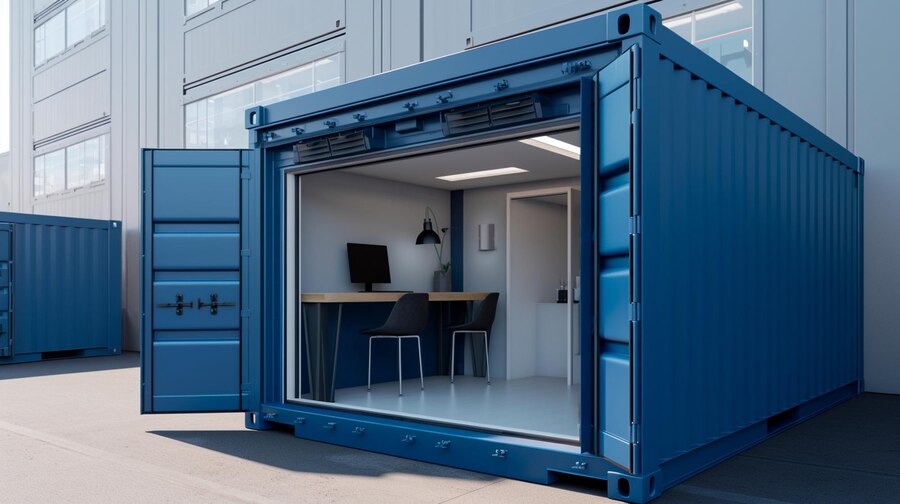How Blockchain Infrastructure Is Revolutionizing Businesses

Blockchain infrastructure is revolutionizing businesses in a variety of ways. By eliminating intermediaries and allowing for the secure transfer of data, blockchain technology is proving to be an invaluable asset to companies that are trying to operate securely and save money
Dysnix.com provides an easy-to-use platform that makes it easy for businesses to securely store, trade, and distribute digital assets. It also facilitates better communication between stakeholders by providing visibility into transactions and processes through its straightforward dashboard.
Dysnix.com has been designed with flexibility in mind, allowing businesses to tailor their blockchain infrastructure as needed. This means businesses can quickly adjust their operations according to changes in the market without worrying about technical barriers or high costs associated with traditional financial systems.
Furthermore, Dysnix’s platform allows users to easily integrate smart contracts into existing business processes which adds another layer of security and trust between parties involved in a transaction.
The benefits of integrating blockchain infrastructure extend beyond merely saving money and time – it also provides enterprises with a higher level of security for their data. With Dysnix’s permission model, all sensitive data is kept on a private network, ensuring only authorized parties can access it.
This prevents malicious actors from attempting to modify or steal any valuable information stored on the blockchain. Furthermore, Dysnix’s encryption system ensures all transactions remain immutable and verifiable at all times, giving businesses more peace of mind when handling important assets or documents related to their business operations.
At the same time, Dysnix also offers enhanced transparency due to its distributed ledger technology (DLT). All transactions are stored publicly on the ledger so they can be easily tracked by anyone who has access – meaning greater accountability for both parties involved in the transaction process.
Additionally, since DLT eliminates middlemen like banks or brokers who may increase overhead costs or introduce delays due to manual verification processes, businesses have more control over their operations while ensuring they remain compliant with existing regulations at all times.
In conclusion, with Dysnix’s powerful blockchain infrastructure solution businesses are able to reduce overhead costs while increasing efficiency levels within their organization – all while delivering much higher security for their digital assets compared to traditional systems!
Exploring The Benefits Of Decentralized Applications On Blockchain Infrastructures
Decentralized Applications (DApps) are becoming increasingly popular in blockchain infrastructures due to their ability to provide improved security, privacy, and efficiency. At Dysnix.com, we believe that DApps can help to make the blockchain more accessible for a wide range of users, from individuals to enterprises.
DApps are based on smart contracts that establish trustless agreements between different parties without the need for a third-party intermediary. This helps to make transactions faster, cheaper, and more secure as each transaction is cryptographically secured. Furthermore, since all the data is stored on a public ledger, it is immutable and tamper-proof.
Using DApps also offers users greater autonomy over their funds and data as no centralized authority holds control over them. This makes DApps less prone to downtime or censorship compared to traditional applications.
Additionally, decentralized applications can also be used in areas where trust is an issue such as online gambling or online voting platforms where fraud prevention is paramount.
Another great benefit of using decentralized applications is scalability. As there is no single point of failure within the system, they are able to scale up easily without interruption or disruption of services which helps maintain user experience levels high even when demand increases significantly.
Moreover, since each node in the network has equal responsibility for processing transactions and mining blocks, it helps decentralize power away from large mining pools which further enhances security levels on the blockchain infrastructure.
The Leverage Potential Of Using A Distributed Ledger For Your Company’s Data Management
A distributed ledger is a system that uses blockchain-like technology to create an immutable and verifiable database of records. This technology has the potential to revolutionize how companies manage their data. By leveraging this type of ledger, organizations can increase security, reduce manual labor, automate processes, and ensure accuracy in data management.
The use of distributed ledgers can provide significant leverage for companies when it comes to managing data. These ledgers are inherently secure due to the cryptographic nature of blockchains, making them virtually impossible to tamper with or corrupt.
In addition, automating certain processes can help minimize manual errors and ensure accuracy in record keeping. Distributed ledgers also provide improved transparency into the state of any given record as each change is reflected in real-time across all participating nodes in the network.
At Dysnix.com, we believe that distributed ledger technology can be used to offer significant benefits for companies looking to improve their data management procedures. Our team specializes in developing customized blockchain-based solutions tailored specifically to our client’s needs so that they can maximize the potential of this technology for their organization’s benefit.
We also provide extensive consulting services so that our clients fully understand how best to utilize distributed ledgers for maximum efficiency and reliability when managing their data.
Our platform is designed to enable easy integration with existing systems while providing unprecedented levels of security and accuracy throughout your organization’s data management processes.
Read Also:















